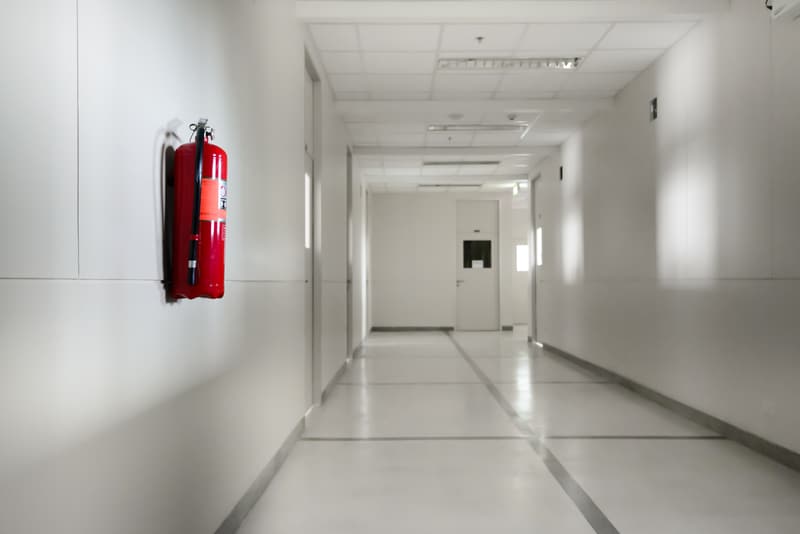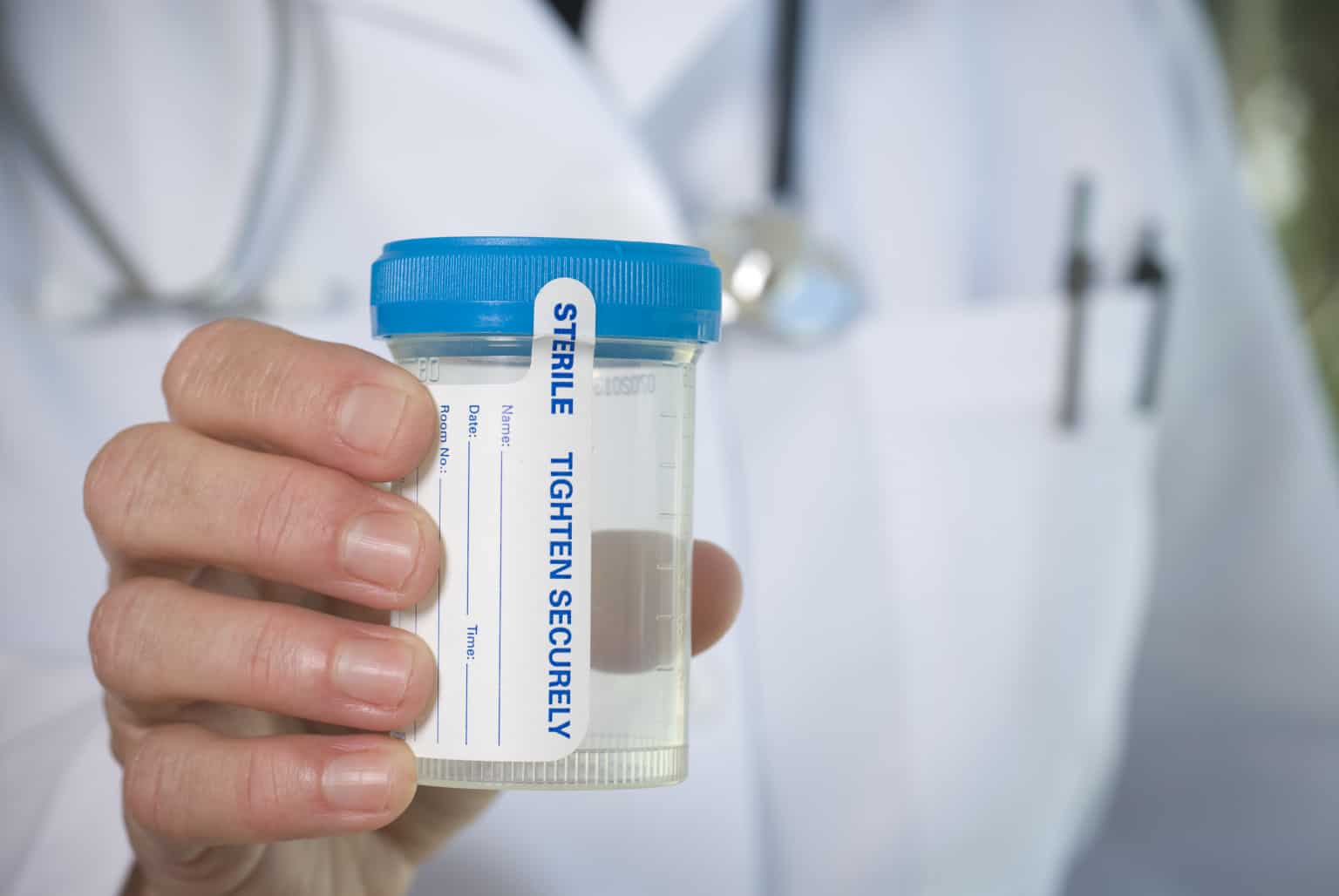A safe workplace is productive and efficient. When safety guidelines are known, observed and enforced, the organization is free to focus on the work at hand. Follow these steps to create a safer workplace.

Create Rules
What may be permissible in an office setting almost certainly doesn’t apply at an industrial work site. This means that your workplace needs unique safety rules.
Many of these will be guided by state and federal laws. Others will need to be created specifically for your workplace and the job you do there.
For instance, you may want to define when and where hard hats are required or designate certain sites as off limits to all but a few authorized employees. Crafting safety rules takes time and will require adjustments as time goes by, but they can save time and money while reducing injuries.

Institute a Break Policy
Do your employees take breaks when they are supposed to? In many workplaces the answer is no.
When the work environment is high pressure and intense, it’s easy to let breaks slip away. However, this is a dangerous habit. Workers who are tired are less alert and have poorer response times. This can either cause a workplace accident or limit your employees’ ability to respond appropriately.
Set up a well-defined break policy, and take steps to ensure it is followed.

Report Safety Hazards
Owners and managers aren’t the only parties who might notice a safety hazard. Sometimes front of the line employees are your best resource for uncovering and correcting safety issues.
Create a chain of command so workers know who to report their concerns to.
Also, implement ways for those reports to effectively make it up the chain of command to better ensure that steps are taken to resolve the issue.

Devise a Fire Plan
Next to slip and falls, fires are one of the most common and dangerous hazards in the workplace.
Make certain that your facility has at least the minimum number of fire extinguishers that the local fire code requires. If your workplace is particularly hazardous or fire prone, you may need to take extra precautions.
Ensure that employees know where to locate extinguishers and other firefighting equipment as well as how to use it. An evacuation plan, complete with an established rendezvous point, is essential.
First Aid Kits
Every location needs at least one first aid kit stocked with basic necessities like bandages, scissors and disinfectant.
Make sure that the location of the kits is well marked and that employees know where to find them. Similarly, train employees regarding basic first aid skills and the location and use of eye wash stations.
It may also be useful to contract with a local triage nurse service which are available 24/7 via telephone, and can eliminate the need to visit the ER in the case of minor injuries.

Test for Drug and Alcohol Use
Pre-employment drug screening helps take undesirable candidates out of the running before they begin working. Random tests for on-the-job drug and alcohol use are an effective tool for maintaining safety in a cost conscious and efficient manner. It’s also advisable to conduct testing after an accident. Knowing whether or not drugs or alcohol were involved will help you know how to proceed.
Bottom line
A safer workplace makes your employees happier and more productive, and it makes your business more profitable. By following these steps, you and your employees can enjoy exactly that!
Tatiana Castano is USA Mobile Drug Testing‘s Director of Training and Compliance, where she develops and executes national training programs that enable USAMDT franchisees working with employers to keep drugs and alcohol out of the workplace. You can connect with her on Facebook.